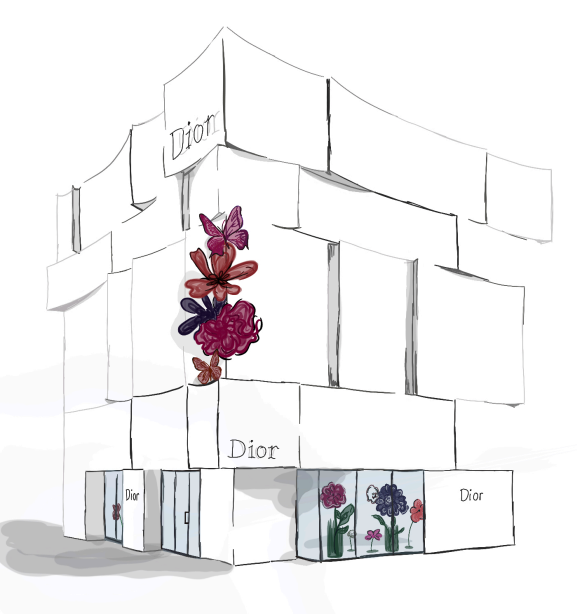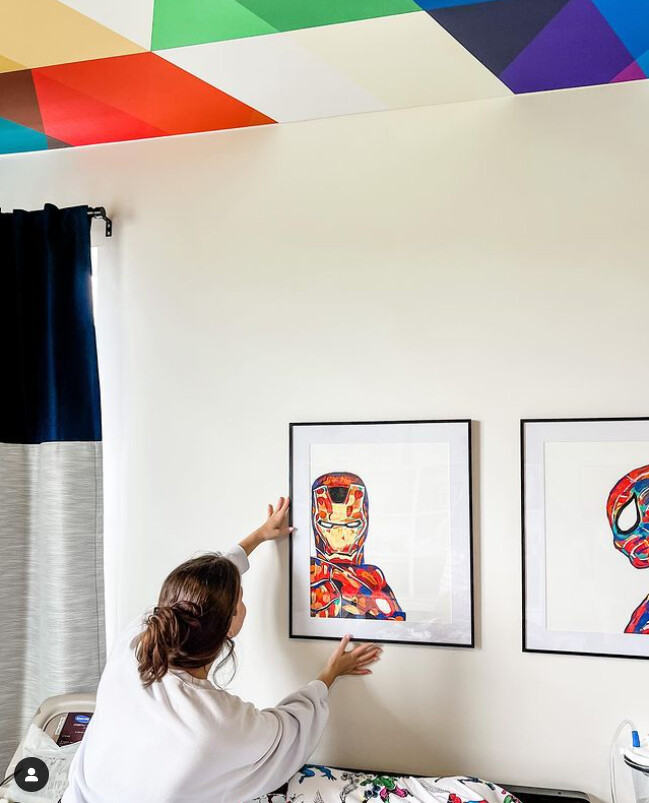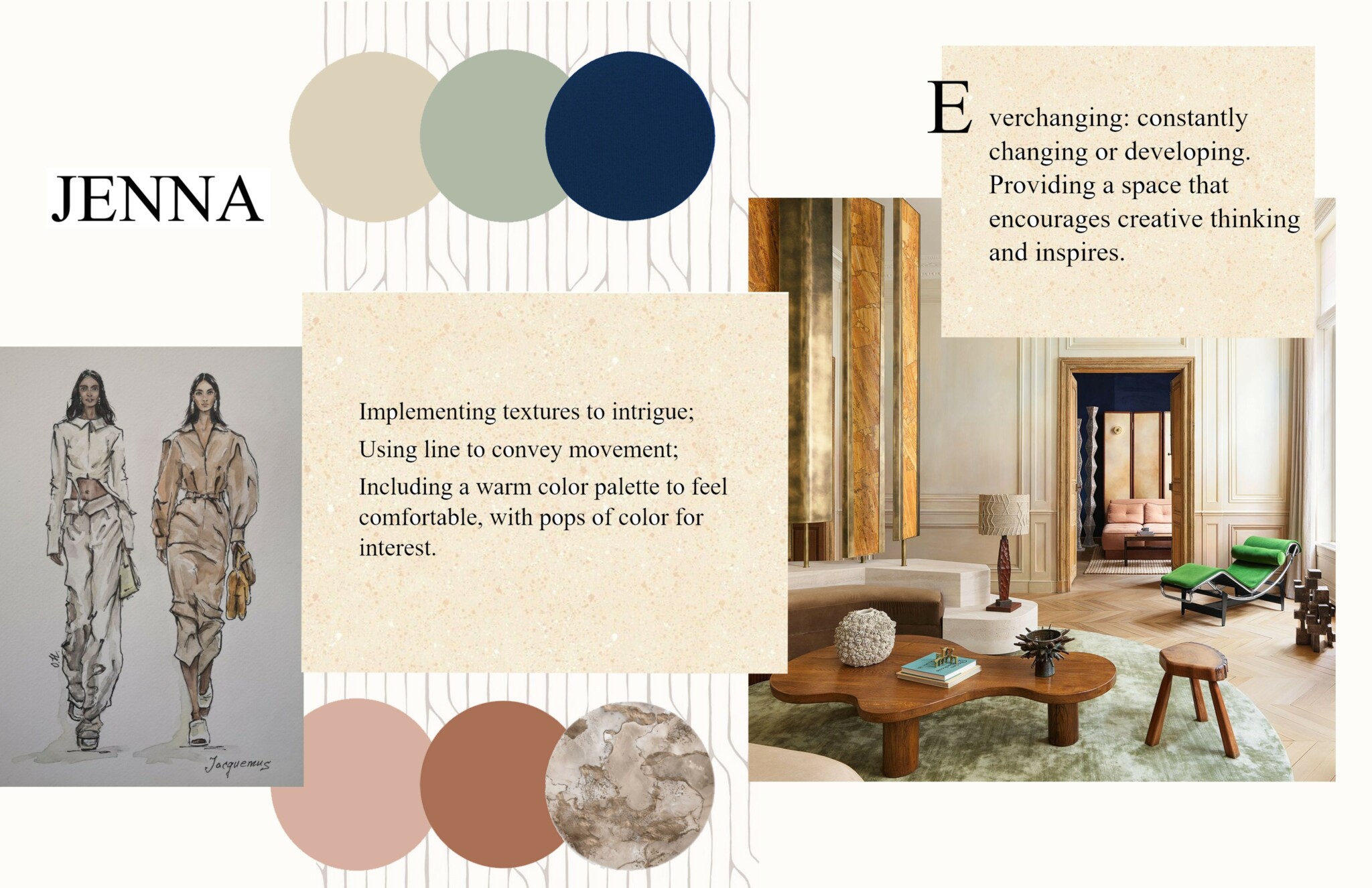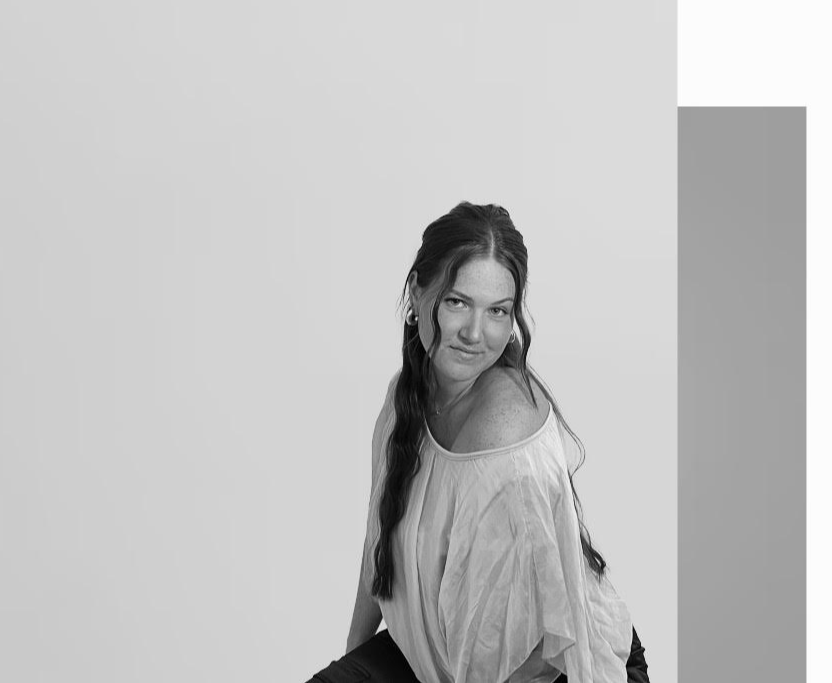We were lucky to catch up with Kate Garriga recently and have shared our conversation below.
Alright, Kate thanks for taking the time to share your stories and insights with us today. Can you tell us about a time where you or your team really helped a customer get an amazing result?
During my internship, I had the privilege of working on my first design project through a nonprofit organization. We were introduced to a family that had endured unimaginable hardships. The children were finally in a safe home, but their past was heartbreaking. One of the children, Dean, was born healthy but was now immobile and required full-time nursing care—a victim of Munchausen syndrome by proxy.
At the time, the family was moving into a new home, and my boss, whose compassion and talent inspire me to this day, decided we would design bedrooms for all the children. It was just the two of us working on this project, and I’m incredibly grateful that this became my first professional design experience.
This project taught me the true value of thoughtful design. It’s not just about aesthetics—it’s about creating spaces that address physical, visual, and emotional needs. I learned to consider how a space feels, how it functions, and whether it fosters growth and comfort. Does it invite you to stay, or does it make you want to leave?
As part of the design, I created artwork to hang above Dean’s bed. Painting is a small part of what I do, and at the time, it felt like such a minor contribution compared to the scale of the project. But after the installation, the family called to share something extraordinary. During the night, Dean, who is immobile, had shifted himself—small, deliberate movements—just to gaze at the paintings I had created.
That moment was profound for me. It reinforced the incredible impact of design, not just in how it looks but in how it touches lives in unexpected ways. The children’s resilience and joy left a lasting impact, and this experience gave my career its foundation in the most beautiful and meaningful way.
This is why I do what I do.

Great, appreciate you sharing that with us. Before we ask you to share more of your insights, can you take a moment to introduce yourself and how you got to where you are today to our readers.
I’ve always been an artistic individual, so my journey into design didn’t begin at a single moment—it naturally evolved with my creativity and talents. Interior design, to me, is a holistic process, and I approach every project with that mindset. A space isn’t truly well-designed unless all its elements—furniture, lighting, textures, and atmosphere—work together seamlessly. You can have the most immaculate furniture, but if the lighting is uncomfortable, the design isn’t complete.
I’m most proud of my passion and attention to detail. Interior design isn’t just about how a space looks—it’s about how it feels, both physically and emotionally. Especially in residential design, emotional needs are deeply tied to the environment. A simple change in paint color can completely shift the mood of a room, influencing the way people experience and interact with the space.
I love focusing on the little things that make a big difference, whether it’s the way natural light moves through a space, the texture of materials, or the subtle balance of colors. These thoughtful details set my designs apart, creating environments that aren’t just visually appealing but also deeply intuitive and comforting.
More than anything, I want my clients to know that my work isn’t just about making things look good—it’s about designing spaces that feel good, too. Whether it’s a home, a workspace, or a hospitality environment, my goal is always to create something that enhances the way people live, work, and connect with their surroundings.

Are there any resources you wish you knew about earlier in your creative journey?
Looking back, I’m actually glad I didn’t have all the tools and resources I have today when I first started. Not having instant solutions pushed me to work harder, think more creatively, and problem-solve in ways that weren’t limited by what was readily available. When you don’t have every advanced rendering tool or material database at your fingertips, you rely more on imagination, intuition, and resourcefulness.
I believe that some of the best creative ideas come from working without strict boundaries. When you’re not confined by what’s “realistic” or what’s already been done, your mind is free to explore new possibilities. That mindset shaped my approach to design—focusing on the bigger vision first, then refining it with the right tools later.
Now that I do have access to advanced software, materials, and industry connections, I use them as enhancements rather than crutches. But I wouldn’t trade those early days of problem-solving and unrestricted creativity for anything. They taught me resilience, adaptability, and the ability to design from a place of pure vision rather than just efficiency.

Is there a particular goal or mission driving your creative journey?
I love how design can inspire and create meaningful experiences. At its core, my goal is to help people by designing spaces where they can relax, grow, and truly enjoy their surroundings. Whether it’s a home that fosters comfort and self-expression or a luxury retail space that feels like an immersive experience, I want my designs to evoke emotion and leave a lasting impact.
I’m especially drawn to pushing boundaries. In spaces like luxury retail, design isn’t just about function; it’s about creating an atmosphere that captivates and transports people. It turns an ordinary moment into something special, something memorable.
More than anything, I want my work to enhance people’s lives, whether in small, subtle ways or through bold, statement-making experiences. That’s what drives my creative journey and keeps me inspired to keep evolving and refining my approach to design.
Contact Info:
- Instagram: https://www.instagram.com/kate_.garriga/
- Linkedin: https://www.linkedin.com/in/kate-garriga-a14b222a3/?trk=d_flagship3_company

Image Credits
image of me hanging artwork was taken by Jill Switzer at Eleanor Thomas Studio


